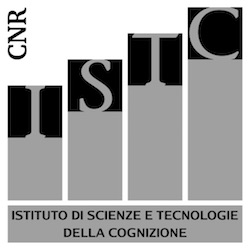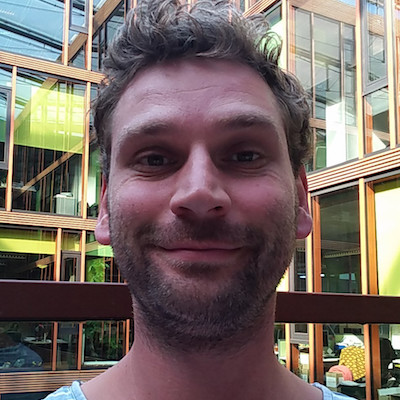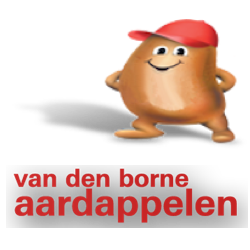What we do
Who we are
Research
Advanced UAV for Swarm Operations
We start form the PrecisionScout UAV developed by Avular B.V., an industrial-grade quadcopter with four motors, triple redundant autopilot, five inertial measurement units (IMUs) and RTK-GPS. The standard PrecisionScout will be equipped with self-localisation and communication devices based on UltraWideBand (UWB) technology, and on a enhanced onboard processing based on Nvidia Jetson.
Onboard Weed Recognition
The on-board vision system will perform object detection or semantic segmentation onboard and online, to count the number of weeds above a specific size or otherwise measure their development. Several machine learning methods will be tested for this purpose (e.g, SURF features, bag-of-visual-words clustering, and SVMs), and the results will be exploited for mapping and for motion control.
Collective Field Mapping
We seek collective strategies with an optimal trade-off between exploration and timely weed recognition: UAVs will be recruited to monitor areas in the field that have been identified as potentially containing weeds, while weedless areas are quickly abandoned. In this way, resource allocation is adapted to the field heterogeneities, and error-prone individual inspection will be compensated for through collaborative re-sampling.
People



















